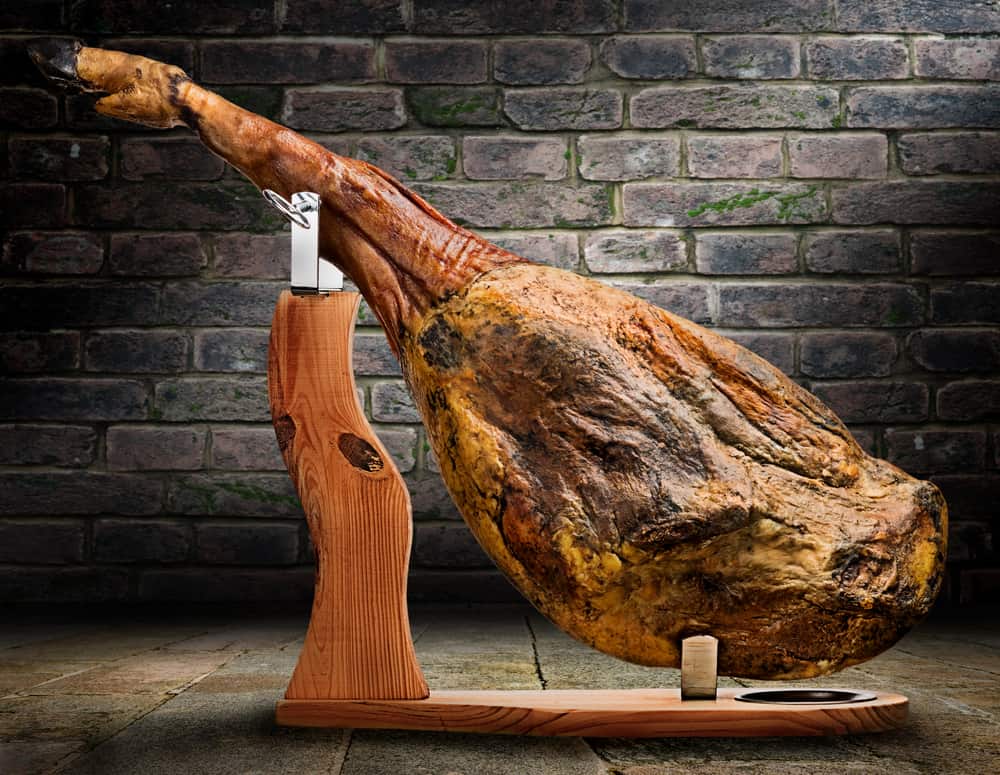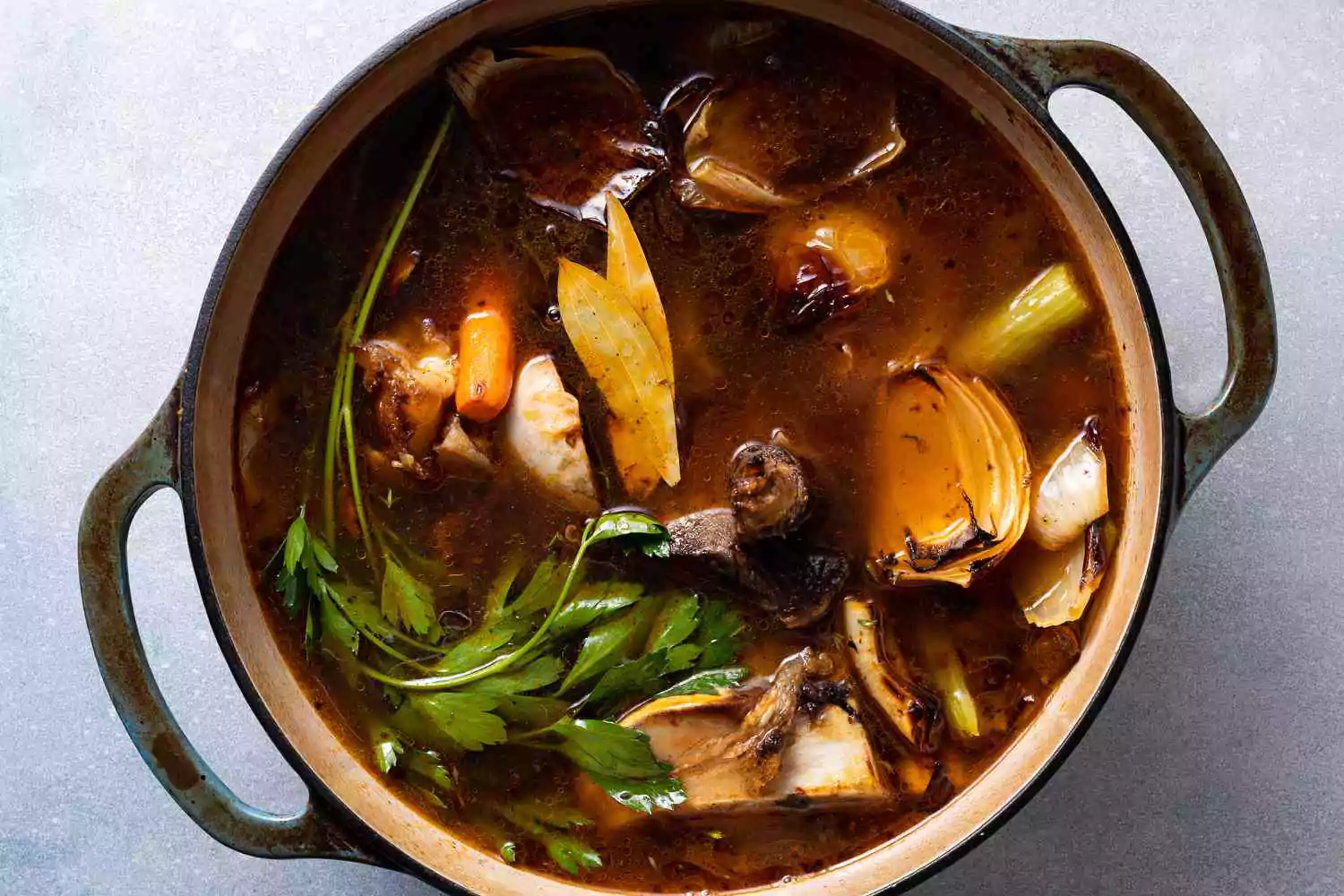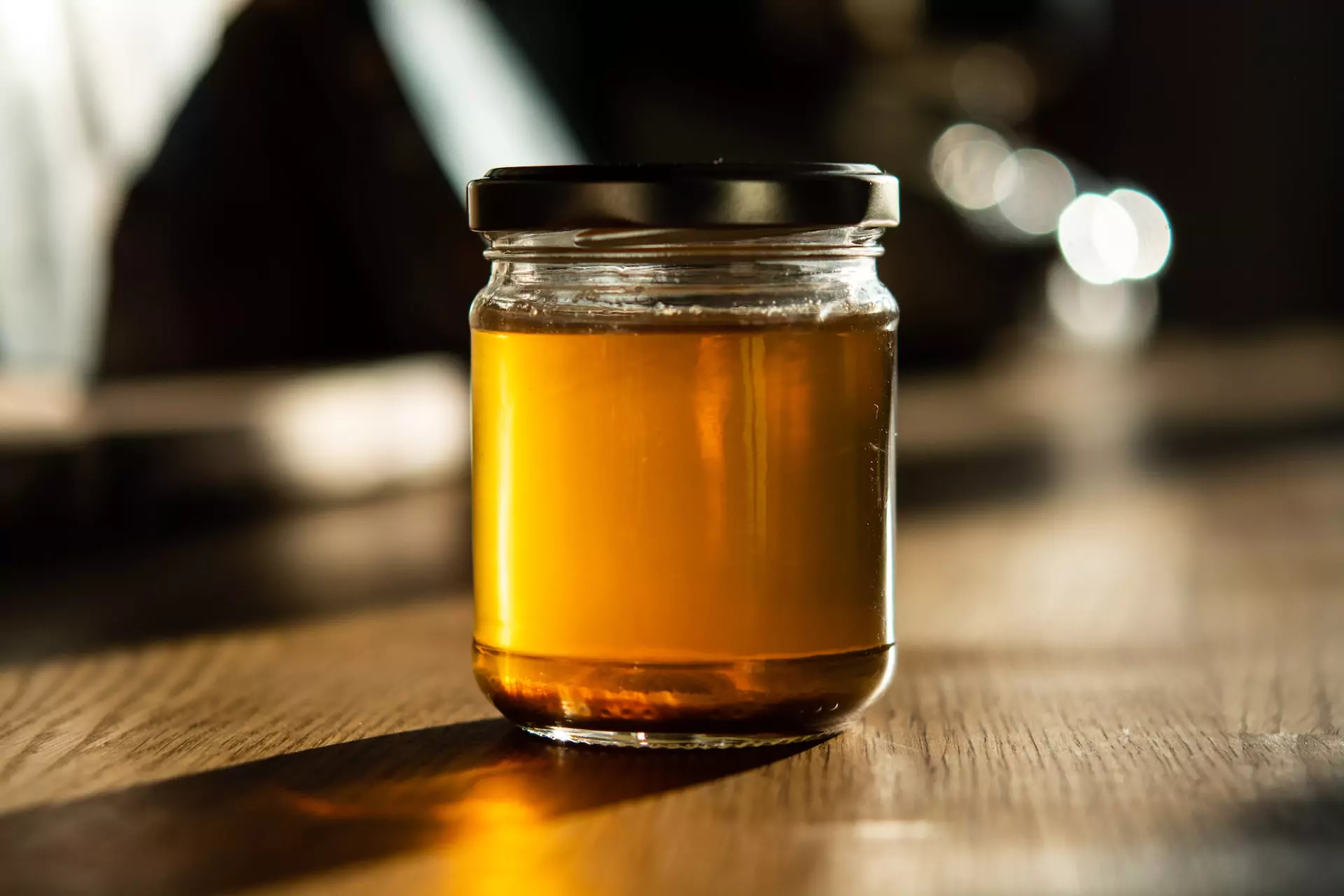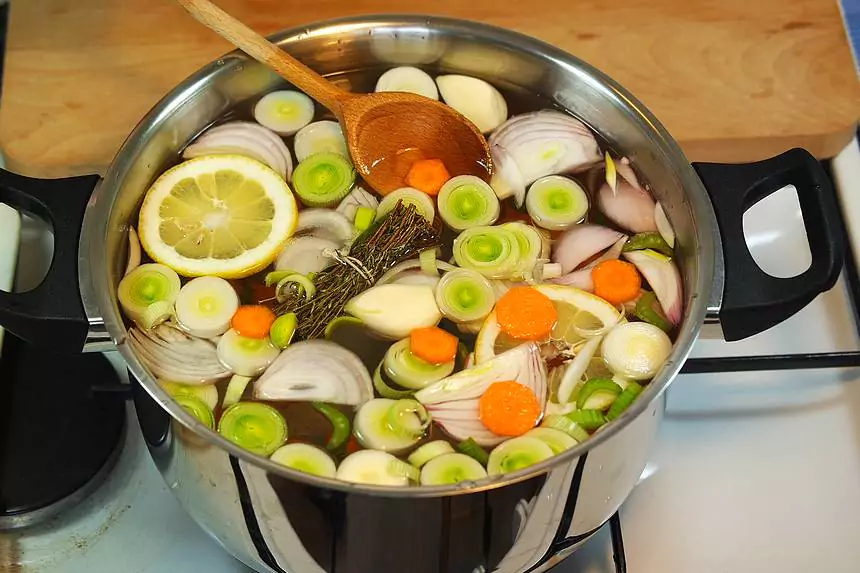
How to Prepare and Cook Stocks: #1 Path to Blissful Stocks!
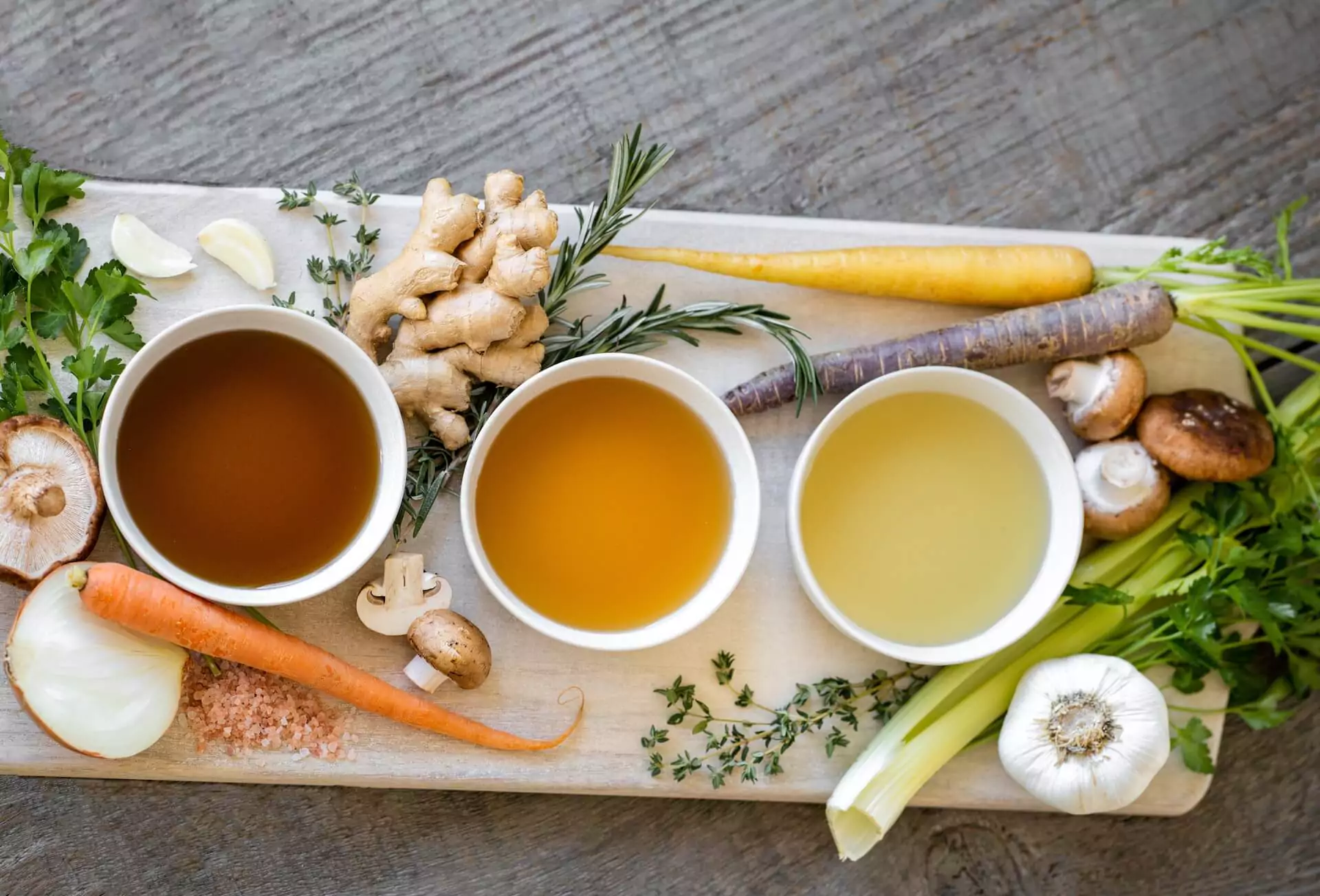
In this blog, I will explain how to prepare and cook stocks in detail. Stocks are the liquid gold upon which many culinary wonders are built. Stocks are used in a wide variety of meals, from thick soups to decadent sauces, to improve their flavour and texture. No matter how much experience you have in the kitchen, mastering the art of stock preparation and cooking is a talent that can take your food to the next level. Picture a pot of veggies, meats, and fragrant herbs gently simmering in a pot of flavorful broth. This remarkable procedure yields stocks, which retain the essence of the original components in every bite.
These liquid bases serve as the cornerstones of innumerable recipes, elevating them to new levels of flavour and complexity. Stocks are the unsung hero of every kitchen, used to create anything from a silky sauce to a delicious braise to a warm bowl of soup.
Why Stocks Are so Important in Culinary Arts?
A stock is essentially a flavoured liquid that is cooked down from a variety of foods, such as meat, fish, and fragrant herbs and spices. The ingredients’ flavours concentrated throughout the long simmering time, yielding a delicious elixir. Soups, stews, sauces, gravies, and risottos all benefit from having stock as their foundation since it adds a level of flavour that is difficult to achieve via any other method of preparation.
Stocks are the cornerstones upon which dishes are constructed. They improve a dish’s overall flavour by making it more robust and complex. Stocks are a versatile addition to any cook’s repertoire since they can transform even the most basic ingredients into something special. A simple vegetable soup or pan sauce may be elevated to gourmet status with the help of a well-made stock. It would be difficult to overestimate the value of stocks in the kitchen, since they are essential to creating a well-balanced meal.
Several Types of Stocks!
Various stocks, each with unique and distinct flavour and culinary uses, are available. Let’s take a look at a couple of the most popular stock categories:
White Stock
The broth is white because it is created with white bones and white veggies that have not been roasted. White Stock is used to produce delicate sauces like veloute, as a basis for soups like minestrone, and as an ingredient in making braised foods or white stews like blanquettes, fricassees, and poached dishes because of its mild taste.
Types of White Stock
- Beef (Fond de Boeuf)
- Veal (Fond de Veau)
- Game (Fond de Gibier)
- Chicken (Fond de Volaille)
- Fish (Fumet de Poisson)
- Vegetable (Fond de Maigre)
Brown Stock
Using a darker and more powerfully flavoured stock is beneficial for a variety of culinary applications, including brown sauces and gravies, braised items, deglazing meats, brown stews, and glazes for reductions. Before simmering the bones in water, the bones are first roasted and caramelised to produce brown stock.
- Beef (Fond Brun Boeuf)
- Veal (Fond Brun Veau)
- Game (Fond Brun Gibier)
- Chicken (Fond Brun Volaille)
Court-Bouillon
In the bouillon To poach delicate things like shellfish, vegetables, eggs, etc., in a scented liquid. Court bouillon, also known as “briefly boiled liquid,” is a culinary liquid that isn’t served with the final meal but is instead used to prepare it. Court-bouillon, a kind of stock used to season food before poaching, varies from stocks in that it includes salt and acidulating substances like lemon juice or vinegar. Court-bouillon is traditionally made with water, salt, white wine, fragrant vegetables, bouquet garni, and pepper, although this may vary based on what is being poached.
Selecting the Correct Ingredients
Stocks’ final flavour and scent are heavily influenced by the freshness and quality of the materials used to make them. Some things to keep in mind while picking out ingredients:
Freshness and High-Quality Ingredients – To get the most out of your stocks, you need to utilise ingredients that are both fresh and of a high quality. Make an effort to get fruit with vibrant colours, meat with a good amount of marbling, and fragrant herbs and spices. If you want a natural and flavorful stock, you should avoid using vegetables that are wilted or rotting and go for organic produce wherever it is possible.
Vegetables and Meat – When making vegetable stock, choose aromatic vegetables such as onions, carrots, celery, leeks, and mushrooms to include in the dish. Because they have a high concentration of collagen and connective tissue, chicken carcasses, beef marrow bones, and the heads and bones of fish are excellent choices for preparing stocks. The components that you employ will have an effect on the taste of the stock that you make.
Major Tips to Prepare and Cook Stocks
The following are some helpful hints to keep in mind while preparing and cooking stocks:
- Stocks are best prepared by simmering their components to slowly extract their flavours rather than boiling them. Simmering is done at a low heat, often between 82-93’C. The gradual and equal release of the components’ flavours at this low heat is what makes the stock so flavorful and harmonious. The more time the stock gets to boil, the more flavorful it will become. Simmering times for chicken and fish stocks are typically 2-3 hours, whereas beef, veal, or game stocks could require up to 6 hours or more.
- Impurities like fat, froth, and other particles might float to the stock’s top as it simmers. Skimming is the procedure used to eliminate these contaminants and provide a pure and clear end result. If foam or fat rises to the top, remove it gently using a ladle. The stock’s clarity and flavour will both benefit from this process. Also, when the stock has simmered for the allotted time, strain it through a fine-mesh strainer or muslin cloth to remove any leftover particles or trash and get a clear liquid.
- So that they may be used in a wider variety of dishes, traditional stocks are often cooked without salt. However, a little of salt added at the final stage of cooking time or when using stock in a recipe might enhance the flavour. In this way, the saltiness may be adjusted to suit the needs of any individual recipe. Because salt may be added to a dish indefinitely but removed only temporarily, seasoning should be tasted and adjusted gradually.
Herbs, spices, and other aromatics enhance stock flavour. Bay leaves, thyme, parsley, and rosemary are used to make stock. Spices like peppercorns, cloves, and star anise may enhance flavour and complexity. Experiment until you find the finest taste. If you’re feeling daring, adding a dash of red wine to beef or game stock or white wine to fish or chicken stock may add complexity and richness. Following these instructions, you may make stocks for soups, sauces, and other meals that are equally tasty on their own.

Stainless Steel Pot With Glass Cookware Lid
Are you prepared to upgrade your stock market game? Your cooking experience will be forever altered by the GOURMEX Induction Stockpot. Stocks prepared in this pot will have the correct consistency and depth of flavour because of its strong structure and high-quality components. Its adaptability to different stovetops and precise measurement indications make it an indispensable tool for every aspiring stock chef.
$84.95
$79.95
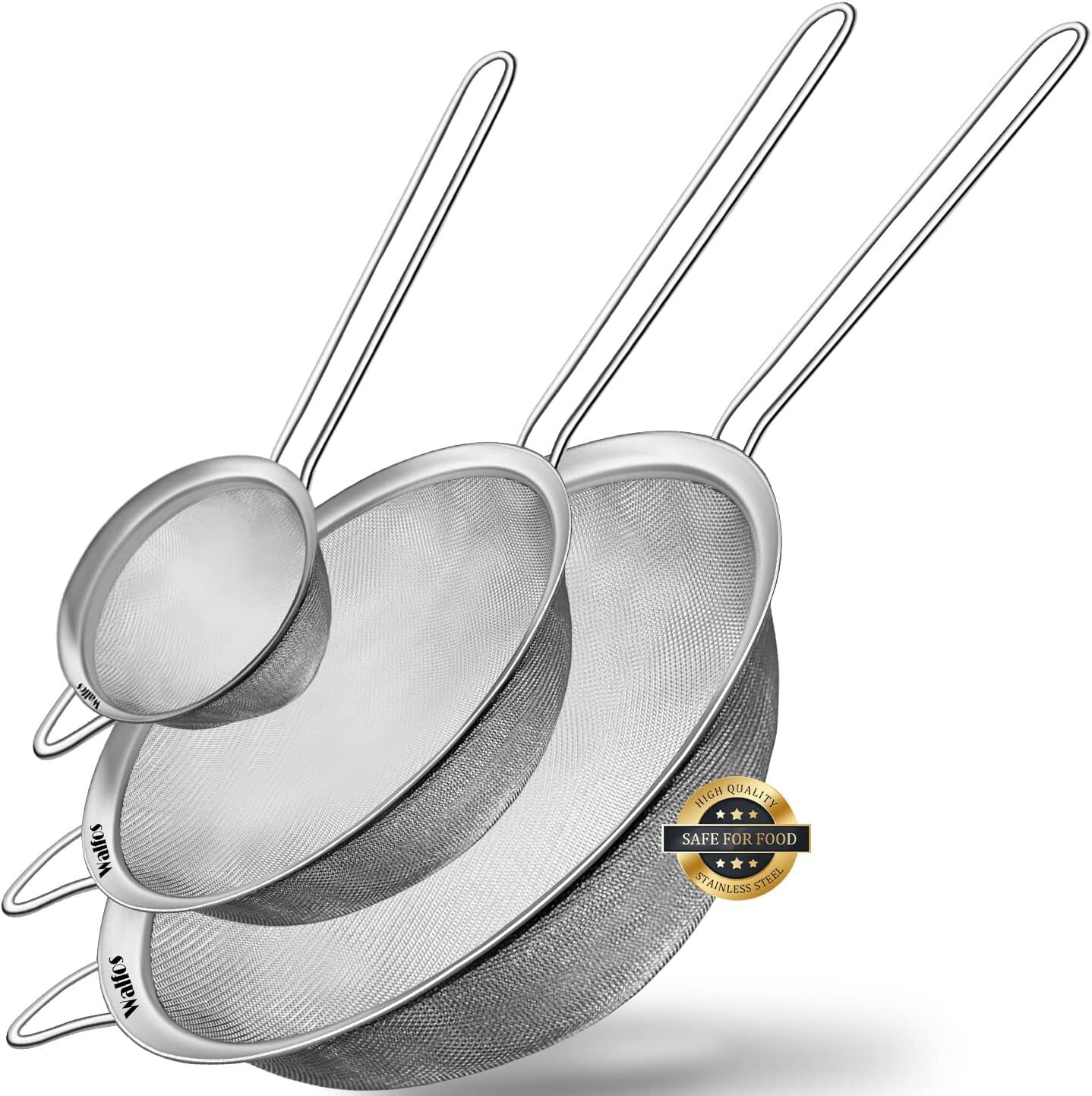
Fine Mesh Strainers Set
The Walfos Stainless Steel Strainers make it simple to create transparent and silky stocks. Your handmade stocks will no longer include any lumps or other detritus. These premium strainers will enable you to clean your stocks with absolute precision because to their tiny mesh and sturdy design. These strainers are a cook’s best friend for making silky, restaurant-quality stocks.
$16.99
$11.99
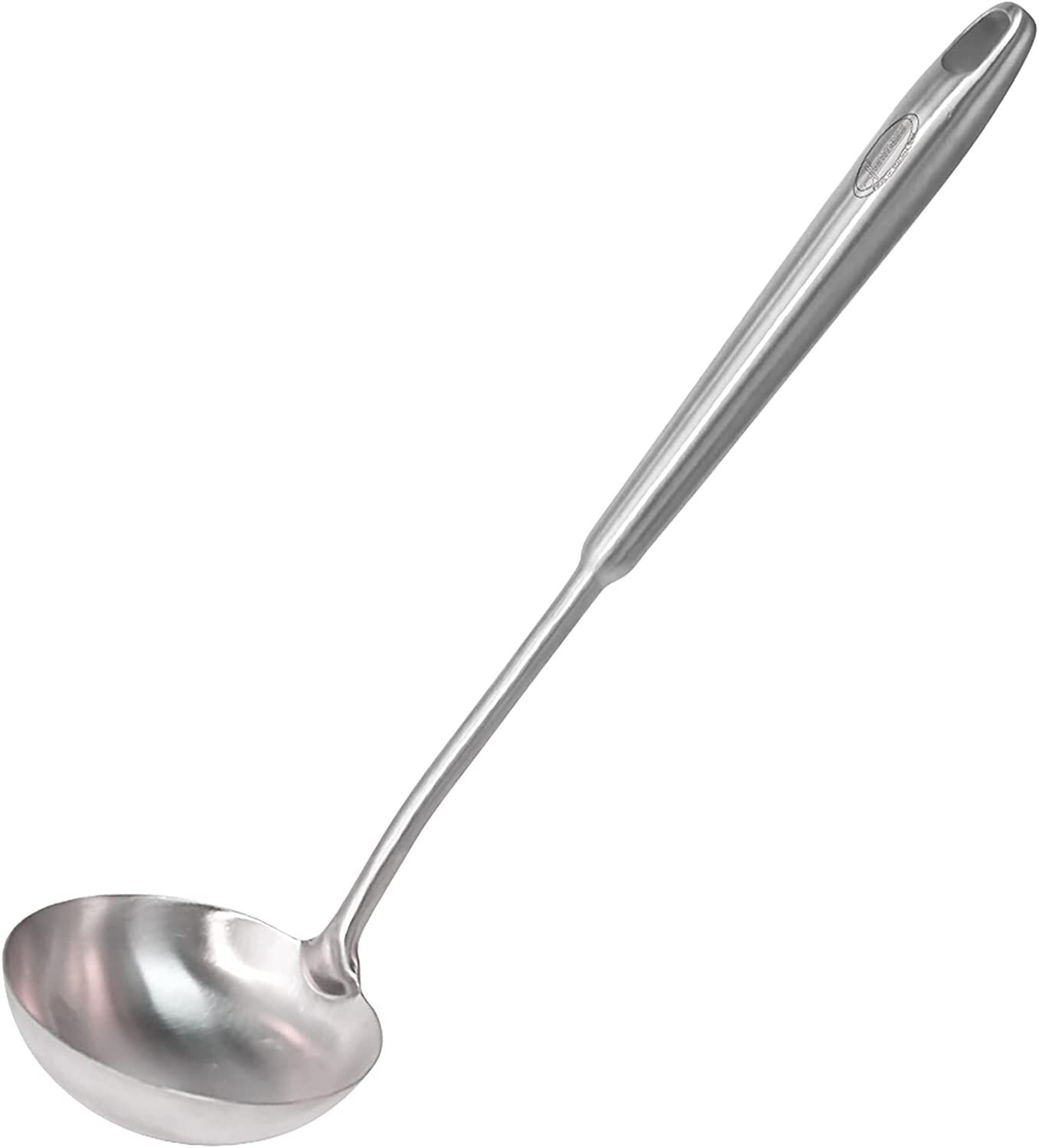
Soup Ladle
With the Newness Rustproof Ladle, you can say farewell to messy spills and welcome to precise pouring. This stainless steel ladle is ergonomically designed to make it simple and clean to transfer your tasty stocks from the pot to a dish. Its rustproof and safe for dishwashers design ensures that it will last through many stock-making excursions and can be cleaned without any fuss.
$19.98
$14.98

Professional Chef’s Knife
Are you sick of fighting with dull knives every time you need to prepare stocks? Use the MOSFiATA Professional Chef Knife Sharpener and never worry about dull knives again. In no time at all, your dull knives will be as sharp as new, allowing you to make clean slices with ease. This sharpener is an essential tool, whether you’re chopping vegetables or deboning chicken to make stock.
$44.99
$39.99
The process of creating stock will be more efficient if you have the appropriate equipment, and the end product will be superior.
FAQs
-
Can I mix different types of stocks together?
In order to get more nuanced flavours, it is possible to combine several stocks. For instance, you may make a versatile and flavorful hybrid stock by blending chicken and vegetable stocks.
-
Can I use store-bought stock instead of homemade stock?
You can use bought from a store stock as an easy substitute to handmade stock, which has better flavour and quality. Just make sure you get a good brand and season it to taste.
-
Can I freeze stocks in ice cube trays?
If your recipe calls for a modest quantity of stock, freezing it in ice cube containers is a terrific technique to ensure you always have some on hand. Once the stock cubes have frozen, they may be stored in a freezer bag.
-
Can I reuse bones and vegetable scraps for multiple batches of stock?
Stock may be made again using the same bones and vegetable trimmings, however the flavour may decline somewhat with each use. One or two more batches are OK before you need to replace them.
-
Can I reduce the stock to make it more concentrated?
You may concentrate the stock’s flavours by reducing it by cooking it for a longer period of time. Reduce the stock as much as you want, but remember that too much reduction might make the stock excessively salty or overwhelming.
Conclusion
The culinary world is your oyster once you master the skill of making stocks. Flavorful foods start with stocks, which improve the dishes’ overall flavour, as well as their texture and scent. Vegetable, chicken, beef, fish, and shellfish stocks all provide their own distinctive flavours to your meals. Always go for the freshest ingredients you can find, use high-quality tools, and take your time while simmering the stocks. Having a variety of handmade stocks at your disposal will allow you to enhance your meals and wow your visitors with their richness of flavour. Roll up those sleeves, gather up some ingredients, and set off on a stock-making adventure that will certainly elevate your culinary prowess.




